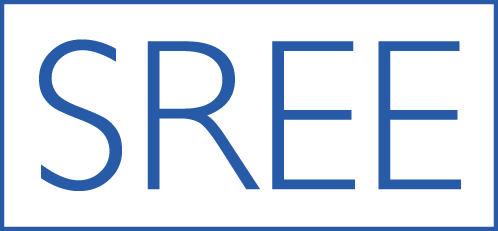The Methodological Challenges of Measuring Institutional Value-added in Higher Education
Tatiana Melguizo, Gema Zamarro, Tatiana Velasco, and Fabio J. Sanchez
Assessing the quality of higher education is hard but there is growing pressure for governments to create a ranking system for institutions that can be used for assessment and funding allocations. Such a system, however, would require a reliable methodology to fairly assess colleges using a wide variety of indicators. Countries with centralized governance structures have motivated researchers to develop “value-added” metrics of colleges’ contributions to student outcomes that can be used for summative assessment (Coates, 2009; Melguizo & Wainer, 2016; Shavelson et al. 2016). Estimating the “value-added” of colleges and programs, however, is methodologically challenging: first, high- and low-achieving students tend to self-select into different colleges– a behavior that if not accounted for, may yield to estimates that capture students’ prior achievement rather than colleges’ effectiveness at raising achievement; second, measures considering gains in student learning outcomes (SLOs) as indicators at the higher education level are scant. In our paper, we study these challenges and compare the methods used for obtaining value-added metrics in the context of higher education in Colombia.
How to best estimate value-added models in higher education?
